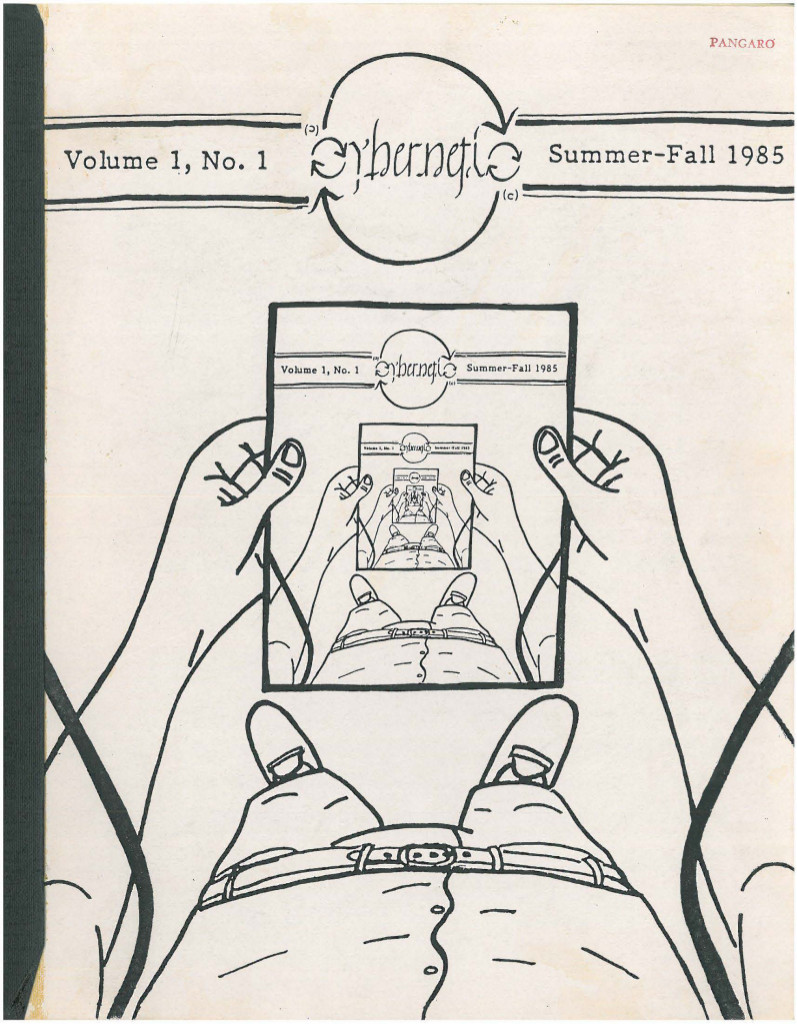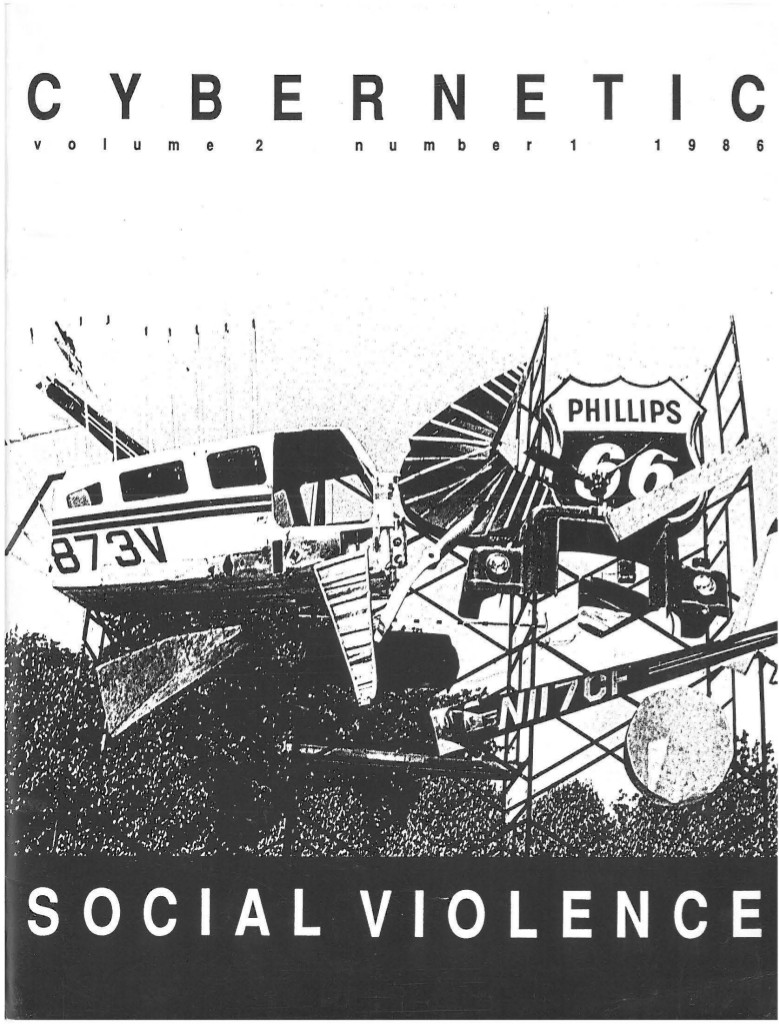Michael Marder: Plant-Thinking: A Philosophy of Vegetal Life (2013)
Filed under book | Tags: · animal, biology, metaphysics, ontology, philosophy, plants

The margins of philosophy are populated by non-human, non-animal living beings, including plants. While contemporary philosophers tend to refrain from raising ontological and ethical concerns with vegetal life, Michael Marder puts this life at the forefront of the current deconstruction of metaphysics. He identifies the existential features of plant behavior and the vegetal heritage of human thought so as to affirm the potential of vegetation to resist the logic of totalization and to exceed the narrow confines of instrumentality. Reconstructing the life of plants “after metaphysics,” Marder focuses on their unique temporality, freedom, and material knowledge or wisdom. In his formulation, “plant-thinking” is the non-cognitive, non-ideational, and non-imagistic mode of thinking proper to plants, as much as the process of bringing human thought itself back to its roots and rendering it plantlike.
With a Foreword by Gianni Vattimo and Santiago Zabala
Publisher Columbia University Press, New York, 2013
ISBN 0231161255, 9780231161251
248 pages
review (Los Angeles Review of Books)
review (Jeffrey T. Nealon, NDPR)
PDF (MOBI)
Comment (0)Voynich Manuscript (early 1500s)
Filed under book | Tags: · astrology, astronomy, biology, botany, cryptography, language, medicine

“Written in Central Europe at the end of the 15th or during the 16th century, the origin, language, and date of the Voynich Manuscript—named after the Polish-American antiquarian bookseller, Wilfrid M. Voynich, who acquired it in 1912—are still being debated as vigorously as its puzzling drawings and undeciphered text. Described as a magical or scientific text, nearly every page contains botanical, figurative, and scientific drawings of a provincial but lively character, drawn in ink with vibrant washes in various shades of green, brown, yellow, blue, and red.
Based on the subject matter of the drawings, the contents of the manuscript falls into six sections: 1) botanicals containing drawings of 113 unidentified plant species; 2) astronomical and astrological drawings including astral charts with radiating circles, suns and moons, Zodiac symbols such as fish (Pisces), a bull (Taurus), and an archer (Sagittarius), nude females emerging from pipes or chimneys, and courtly figures; 3) a biological section containing a myriad of drawings of miniature female nudes, most with swelled abdomens, immersed or wading in fluids and oddly interacting with interconnecting tubes and capsules; 4) an elaborate array of nine cosmological medallions, many drawn across several folded folios and depicting possible geographical forms; 5) pharmaceutical drawings of over 100 different species of medicinal herbs and roots portrayed with jars or vessels in red, blue, or green, and 6) continuous pages of text, possibly recipes, with star-like flowers marking each entry in the margins.” (source)
240 pages
via Archive.org
PDF
Detailed chemical analysis of the Voynich Manuscript (from the Beinecke Rare Book & Manuscript Library)
Cybernetic, 1-2 (1985-1986)
Filed under magazine | Tags: · autopoiesis, biology, cognition, computing, cybernetics, language, machine, mathematics


Editors: Gordon Pask, Humberto Maturana, Heinz von Foerster, Terry Winograd, Paul Trachtman, Larry Richards
Publisher The American Society for Cybernetics
ISSN 0883-4202
PDF (Vol 1, No 1, Summer-Fall 1985, 148 pp)
PDF (Vol 2, No 1: “Social Violence”, 1986, 82 pp)

